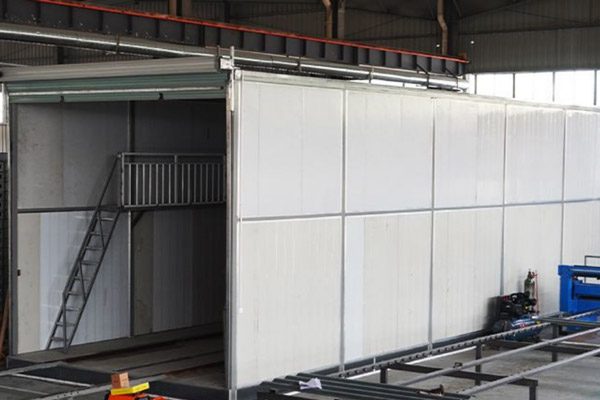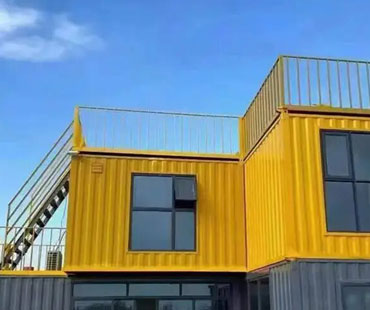The advent of containerization revolutionized the global transportation and logistics industry, transforming how goods are moved across the world. This innovative method of transporting cargo has significantly improved both efficiency and safety in various ways. In this article, we will explore the key factors that contribute to these enhancements.
1. Standardization
One of the primary reasons containers have improved transportation efficiency is their standardization. Standard container sizes, typically 20 feet or 40 feet long, enable seamless transfer between different modes of transport, including ships, trucks, and trains. This uniformity minimizes loading and unloading times, allowing for faster transitions between transport modes. Consequently, this reduces delays and improves overall supply chain performance.
2. Increased Loading Capacity
Containers allow for a more efficient use of space compared to traditional methods of cargo transport. Ships designed to carry containers can stack them vertically, maximizing the use of hull space. This increased capacity means fewer trips are necessary to transport the same volume of goods, leading to lower transportation costs per unit. In addition, the ability to transport large quantities of goods in one shipment reduces the environmental impact associated with shipping.
3. Enhanced Security
Containerization significantly enhances the security of goods in transit. Containers are designed to be tamper-proof and weather-resistant, protecting their contents from theft, damage, and adverse weather conditions. Furthermore, sealed containers reduce the risk of pilferage during transit, as they can only be opened with the appropriate keys or locks. This security is crucial for high-value items and sensitive cargo, fostering trust between shippers and recipients.

4. Improved Tracking and Monitoring
Modern container shipping has integrated advanced tracking and monitoring technologies, such as GPS and RFID systems. These technologies allow for real-time tracking of containers as they move through the supply chain, providing valuable information about location, temperature, and humidity. Improved visibility enables companies to respond quickly to any disruptions or delays, enhancing overall efficiency. Additionally, this data can be used to optimize routing and inventory management, further streamlining operations.
5. Reduced Handling and Labor Costs
The use of containers minimizes the amount of manual handling required during loading and unloading processes. Specialized equipment, such as gantry cranes and automated guided vehicles (AGVs), can efficiently move containers with minimal human intervention. This reduction in labor not only cuts costs but also lowers the risk of accidents and injuries associated with traditional cargo handling methods. The streamlined process allows workers to focus on other critical tasks, further enhancing operational efficiency.
6. Environmental Benefits
Containerization contributes to environmental sustainability in multiple ways. By optimizing cargo loads and reducing the number of trips needed for transportation, containers help decrease carbon emissions associated with shipping. Furthermore, the efficiency of container ships, which can carry thousands of containers in one voyage, reduces the overall fuel consumption per unit of goods transported. This shift toward more sustainable shipping practices is increasingly important in today’s climate-conscious world.
7. Flexibility and Versatility
Containers are incredibly versatile and can be used to transport a wide variety of goods, from textiles to machinery to perishable foods. This flexibility is crucial for businesses operating in diverse markets. Different types of containers, such as refrigerated containers (reefers) or open-top containers, can accommodate unique cargo requirements. As a result, businesses can adapt to changing demands and market conditions more effectively.
In summary, the introduction of containers has transformed the transportation industry by enhancing efficiency and safety in multiple dimensions. Through standardization, increased capacity, enhanced security, improved tracking, reduced handling costs, environmental benefits, and versatile applications, containers have become indispensable to modern logistics. As global trade continues to evolve, the role of containerization will likely grow even more significant, paving the way for further innovations in transportation and supply chain management. The ongoing advancements in technology and infrastructure will ensure that containers remain at the forefront of efficient and safe cargo transportation for years to come.


